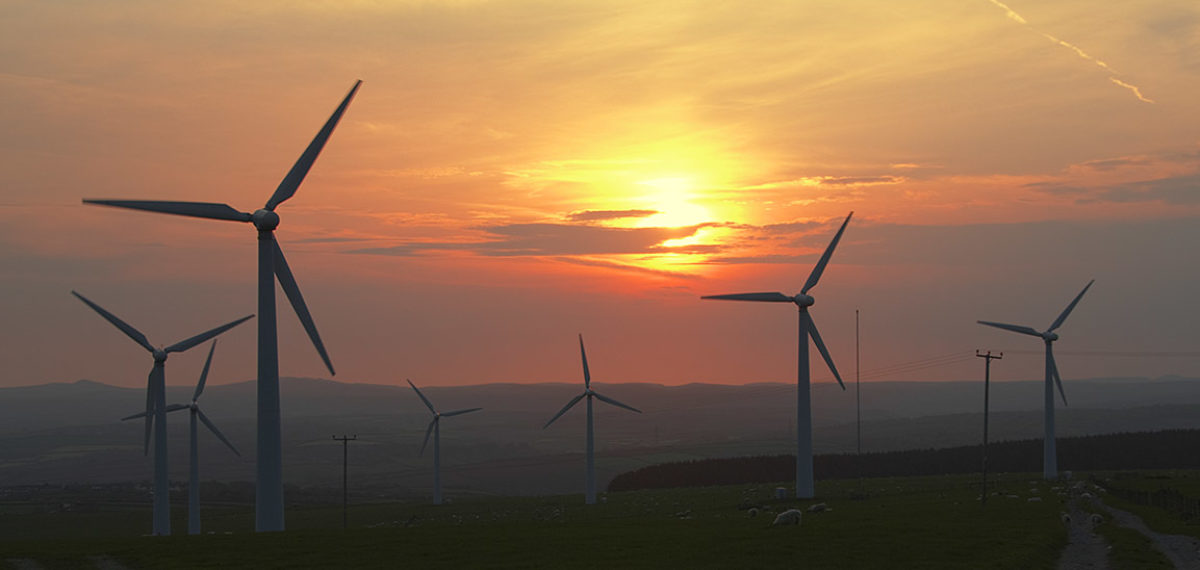Centrica has announced that it is talking to the Government about using the UK’s largest natural gas storage facility to store hydrogen.
Although the stated purpose of the negotiations is to discuss the storage of blue rather than green hydrogen, this is nevertheless a good sign for using hydrogen to store renewable energy. That is because the discussions demonstrate the credibility of the hydrogen storage option.
It will, however, be a shame if the Government decides to support continued fossil fuel production to feed the facility with hydrogen rather than link it to green hydrogen production. That wwill set back the opportunities for green hydrogen to optimise its costs through greater commercial development.
The Rough Storage facility (off the coast of Yorkshire) was closed in 2017 as imports of natural gas from overseas failed to match up to earlier expectations (thus reducing the financial viability of the facility). Centrica is looking for money from the Government, hoping to link the future storage facility with plans to pour money into carbon capture and storage projects (which would involve hydrogen production). However, with the Government reluctant to fund anything much in the way of decarbonisation at the moment, it may be that Centrica will be disappointed in these negotiations, that is beyond perhaps some cash for a desktop study.
But the news is a good sign in that there is technical confidence in the use of the facility to store hydrogen in large quantities. Because hydrogen has a much lower energy density per volume compared to natural gas, it will only be able to store approximately one-third as much energy if it stores hydrogen compared to natural gas. However, the amount is still considerable at around 10 TWh.
Assuming a 100 percent renewable energy with an annual consumption of 1200-1500 TWh (according to different estimates), 10 TWh of storage would meet about 2-3 days of energy supply for the UK. Certainly, Rough storage facility is not the only plausible gas storage site given that a couple of other gas storage sites were in advanced planning stages but canceled in recent years because of lack of need for storage. It does seem that such storage facilities could go a long way towards providing a 100 percent renewable energy system with the storage needed to provide the maybe two weeks or more of UK energy supply storage necessary to tide the country over worst-case shortages of fluctuating renewable energy.
Of course, the case for building up long-term storage of hydrogen, and also a range of other promising options, can only grow bigger as renewable energy makes up a larger and larger proportion of UK renewable energy supplies. Currently this is held back because of the stranglehold of political influence held by the major energy companies whose outdated self-interest pushes the Government and its advisers towards bolstering existing nuclear and fossil fuel interests. Yet these options are making little progress compared to renewable energy. Clearly a high renewables energy scenario for the UK demands development of storage technologies designed to cater for a decentralised renewables system.
As this discussion implies, the technology of renewable energy storage is fast-changing and it seems likely that a diversity of technologies are suitable. So what we need is for the Government to establish much better markets for energy storage, including a niche development market as for long term storage. Delaying such a strategy will not help nuclear power or fossil fuels; it will only make the energy transition towards a renewables-based energy economy more difficult for the UK.
For an updated account of the increasing range of energy storage options paving the way for a high or 100 per cent renewables scenario, go to our page on storage and balancing at this link, and then downloading the briefing entitled ‘options for storage’.
For story on Centrica’s moves see for example this link
David Toke
